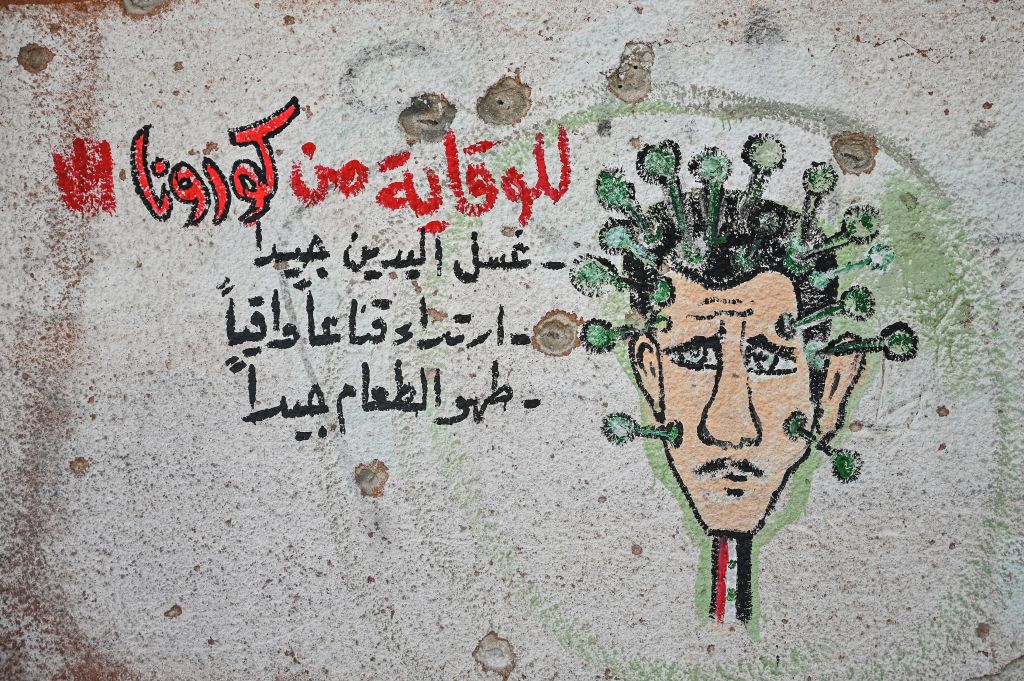With the world’s attention focused on the ongoing fight against coronavirus, Syria’s conflict rumbles on. Hundreds of thousands have died. Millions have fled. Yet this isn’t even the beginning of the end in the battle for control in this blighted country.
The reality is that the future for Syria is filled with darkness and turmoil. When people took to the streets in 2011 to demand change, the reaction from Assad’s government was unprecedented brutality. A decade on, the motivation for upheaval has only increased. The Syrian population are now in a much worse state than they were in 2011. This month has seen protests about Syria’s current economic catastrophe, in areas like as-Suwayda, a predominantly Druze area that the regime could once count as a stronghold. No longer.
Over 80 per cent of the country lives below the poverty line. Syrians have been battered by nine years of civil war, the coronavirus pandemic and now an economic crisis which has seen the Syrian pound lose 50 per cent of its value in May and June.

Get Britain's best politics newsletters
Register to get The Spectator's insight and opinion straight to your inbox. You can then read two free articles each week.
Already a subscriber? Log in






Comments
Join the debate for just £1 a month
Be part of the conversation with other Spectator readers by getting your first three months for £3.
UNLOCK ACCESS Just £1 a monthAlready a subscriber? Log in